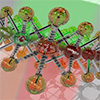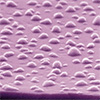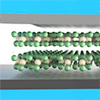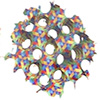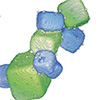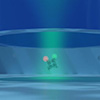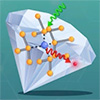Scientific Revolution
The Scientific Revolution was a series of events that marked the emergence of modern science during the early modern period, when developments in mathematics, physics, astronomy, biology (including human anatomy) and chemistry transformed the views of society about nature. The Scientific Revolution took place in Europe towards the end of the Renaissance period and continued through the late 18th century, influencing the intellectual social movement known as the Enlightenment. While its dates are debated, the publication in 1543 of Nicolaus Copernicus' De revolutionibus orbium coelestium (On the Revolutions of the Heavenly Spheres) is often cited as marking the beginning of the Scientific Revolution.
The concept of a scientific revolution taking place over an extended period emerged in the eighteenth century in the work of Jean Sylvain Bailly, who saw a two-stage process of sweeping away the old and establishing the new. The beginning of the Scientific Revolution, the 'Scientific Renaissance', was focused on the recovery of the knowledge of the ancients; this is generally considered to have ended in 1632 with publication of Galileo's Dialogue Concerning the Two Chief World Systems. The completion of the Scientific Revolution is attributed to the "grand synthesis" of Isaac Newton's 1687 Principia. The work formulated the laws of motion and universal gravitation, thereby completing the synthesis of a new cosmology. By the end of the 18th century, the Age of Enlightenment that followed the Scientific Revolution had given way to the "Age of Reflection".
Check out these latest Nanowerk News:

